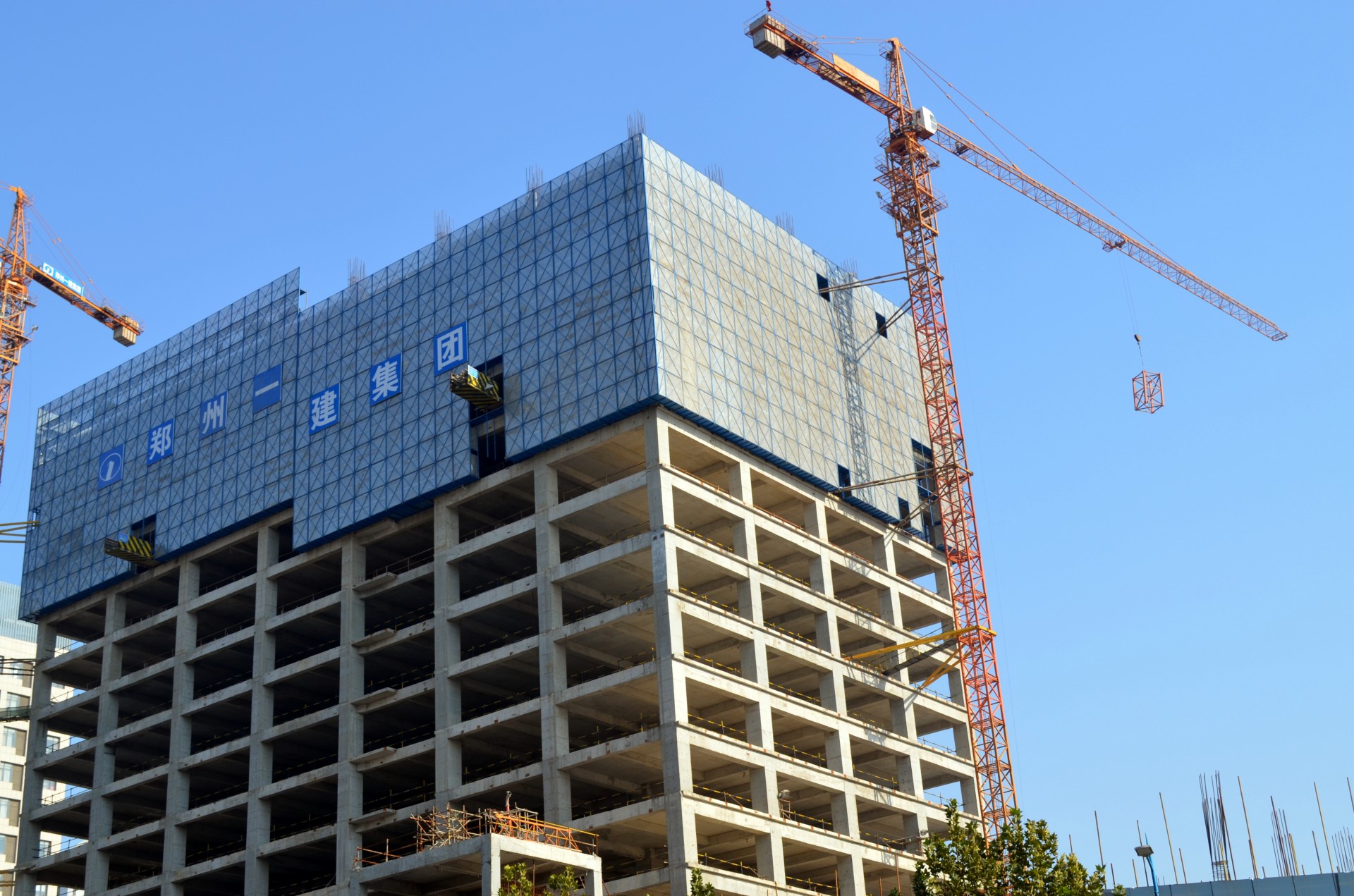고정 헤더 영역
상세 컨텐츠
본문
Civil engineering is a very vast and cosmic knowledge with giganticfields and disciplines. The theoretical perspective of the field has somany points and groups of information that one can’t keep them in one’smind for ever and while working on the field there are too much problemsand troubles to be faced by engineers and instantaneous solutions tosuch problems are needed.In such conditions this handbook is very handy and advantageous it isdivided into ten major sections covering all the building andconstruction problems and techniques from one sort of building materialto other. It also provides one on one techniques and methods which arevery handy while supervision in the construction process and doing theaccurate management of the team and ensuring the perfect resourceallocation and doing the crashing as needed.This book also provides perfect information for the allied engineeringlike electrical and mechanical heating and ventilation systems.Building Design and Construction HandbookTitle of the bookBuilding Design and construction handbook EditionSixth Edition AuthorsFrederick S. Merritt & Jonathan T. Ricketts Table of ContentsSection 1 System Fundamentals Jonathan T. Ricketts 1.1Section 2 the Building Team-Managing the Building ProcessSection 3 Protection against Hazards David W.
Mock 3.1Section 4 Building Materials David J. Akers 4.1Section 5 Structural Theory Akbar Tamboli, Michael Xing,and Mohsin Ahmed 5.1Section 6 Soil Mechanics and Foundations Robert W. Day 6.1Section 7 Structural Steel Construction Bruce Glidden 7.1Section 8 Cold-Formed Steel Construction Don S. Wolfordand Wei-Wen Yu 8.1Section 9 Concrete Construction Edward S. Hoffmanand David P. Gustafson 9.1Section 10 Wood Construction John ‘‘Buddy’’ Showalterand Thomas G.
Williamson 10.1Section 11 Wall, Floor, and Ceiling Systems Frederick S. Merritt 11.1MASONRY WALLSSection 12 Roof Systems Dave Flickinger 12.1ROOF MATERIALSSection 13 Heating, Ventilation, and Air ConditioningLawrence E. McCabe 13.1Section 14 Plumbing—Water-Supply, Sprinkler, andWastewater Systems Gregory P. Gladfelter and Brian L.
Olsen 14.1Section 15 Electrical Systems James M. Bannon 15.1Section 16 Vertical Circulation Steven D.
Building Construction Vt
Edgettand Allen M. Williams 16.1Section 17 Construction Project Management Robert F. Borg 17.1Section 18 Communications Systems Tom Nevling 18.1Section 19 Construction Cost Estimating Colman J. Mullin 19.1Appendix Factors for Conversion to the Metric System (SI) of UnitsFrederick S.
Merritt A.1Index I.1 Download Building Design and Construction handbook.
Contents.Building Construction: Means & Methods Building construction is the process of adding structure to real property. The vast majority of building construction projects are small renovations, such as addition of a room, or renovation of a bathroom.

Often, the owner of the property acts as laborer, paymaster, and design team for the entire project. However, all building construction projects include some elements in common - design, financial, and legal considerations. Many projects of varying sizes reach undesirable end results, such as structure collapse, cost overruns, and/or litigation. For this reason, those with experience in the field make detailed plans and maintain careful oversight during the project to ensure a positive outcome.Building construction is procured privately or publicly utilizing various delivery methodologies, including hard bid, negotiated price, traditional, management contracting, construction management-at-risk, design & build and design-build bridging.Residential construction practices, technologies, and resources must conform to local building authority regulations and codes of practice. Materials readily available in the area generally dictate the construction materials used (e.g.
Brick versus stone, versus timber). Cost of construction on a per square metre (or per square foot) basis for houses can vary dramatically based on site conditions, local regulations, economies of scale (custom designed homes are always more expensive to build) and the availability of skilled tradespeople.
As residential (as well as all other types of construction and manufactured homes) can generate a lot of waste, careful planning again is needed here.The most popular method of residential construction in the United States is wood framed construction. As efficiency codes have come into effect in recent years, new construction technologies and methods have emerged. University Construction Management departments are on the cutting edge of the newest methods of construction intended to improve efficiency, performance and reduce construction waste.Construction of Buildings Foundation There are several foundation types we are using in constructions such as pile foundation, raft foundation, pad foundation, combined footing, rubble foundation and spread footing. The selection of foundation type depends on the soil condition and the load about to apply on it. We commonly use pile foundations where apply heavy load such as several stories building and where the soil bearing capacity is very poor like backfill areas, marshy land areas and in sandy areas. For normal houses we use rubble works with pad foundation type.
A column foundations we use spread footing type.In any building industry,foundation details is an essential factor in consideration.Wood Construction. Timber framing. Wood furniture restoration. Wood Coating.
Wood Layering. Wood Tiles.
Wood Floor BoardsConcrete & Reinforced Concrete.This concrete is termed as RCC since along with the concrete reinforcement is also present. There are various grade of concrete used based on the building load. The grades of concrete start from M15 to M40 and special grade can be of M60,M80. The mix grade can be of proportion of coarse sand/M-sand+cement & slag/fly ash + 10mm down aggregate+ 20mm aggregate + water + admixtures.These trial mixes are designed & tested in labs for 07 days and 28 days to check the strength to be achieved based on the grade of the concrete.

Once the trial mix design gets approved the same design can be used at sites.The common equipments used for mixing of above said ingredients are:. weigh batcher+concrete drum mixer operated electrically or by diesel. batching plants of capacity 0.5 cum, 1.0 cum, 2.0 cum or 3.0cumAs we are discussing about RCC, we should discuss about Formwork also.Regarding formwork there are two types:.
Conventional formwork. Modern day formwork1.




